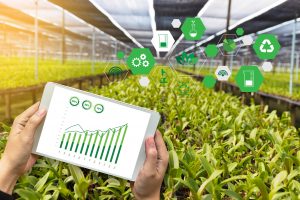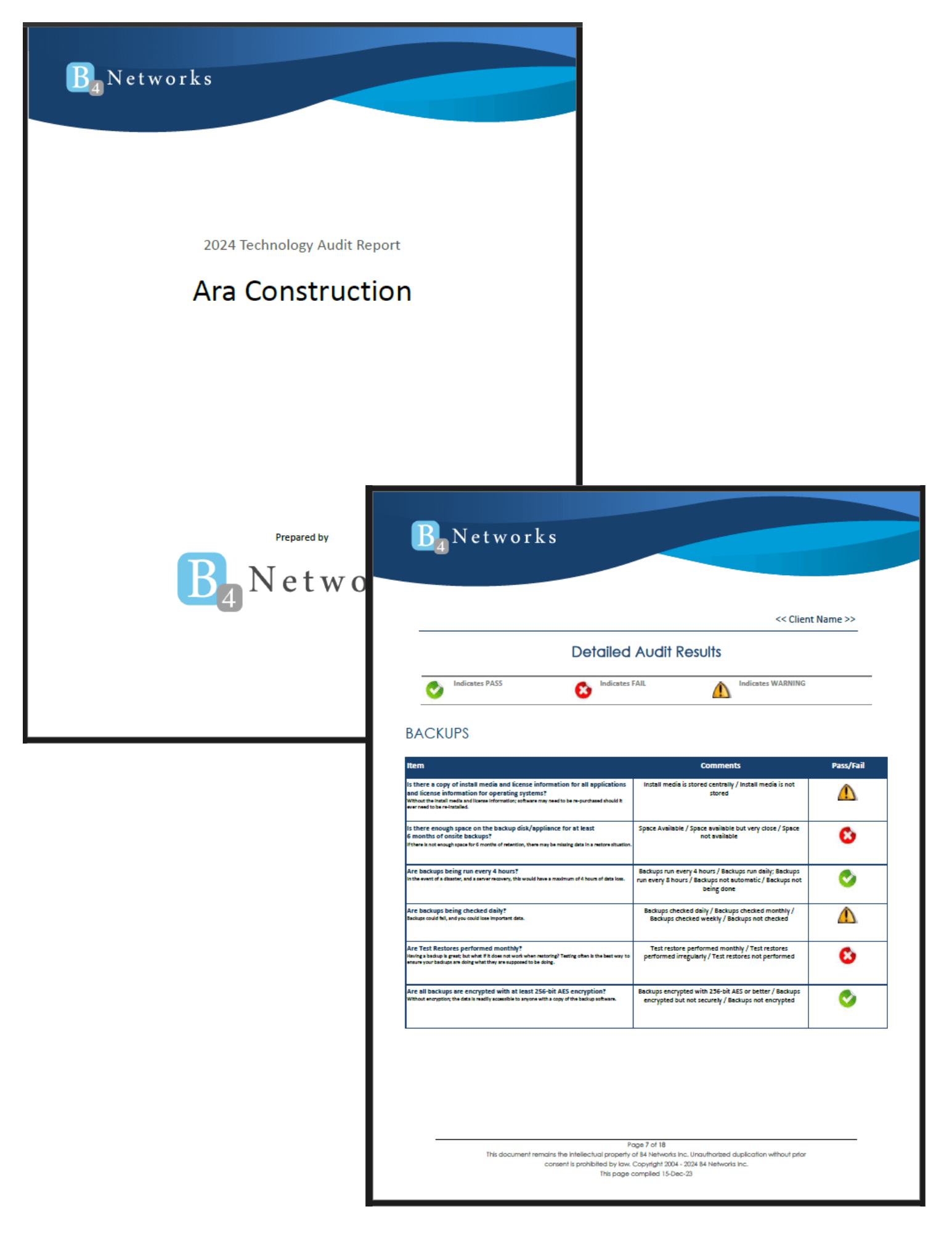Authored by: Bryan Lachapelle, President & CEO
 In today’s connected world, the systems that keep everything running - power, water, communication, transportation - are more vulnerable than ever. These systems, often grouped under the term critical infrastructure, form the invisible backbone of modern greenhouse operations.
In today’s connected world, the systems that keep everything running - power, water, communication, transportation - are more vulnerable than ever. These systems, often grouped under the term critical infrastructure, form the invisible backbone of modern greenhouse operations.
From climate controls to remote monitoring, growers rely on these networks every day. A single disruption - whether from a cyberattack or a cascading failure - can put entire crops, compliance reports, and growing schedules at risk.
What Counts as Critical Infrastructure?
Critical infrastructure includes all the essential systems that support modern life and business:
-
Power grids and pipelines
-
Water treatment and supply networks
-
Telecommunication systems
-
Roads, railways, and transportation hubs
For greenhouse growers, these systems power the heat lamps, fuel delivery routes, keep water flowing through misting lines, and ensure that digital dashboards stay online. A single weak link in any one of these areas can cause ripple effects across an entire growing operation.
In 2024, the U.S. market for critical infrastructure protection was valued at over $54 billion, underscoring just how essential and high-stakes this sector has become.
Why Are These Systems Being Targeted?
One word: interconnectivity.
When systems are closely linked, one failure can trigger others. A cyberattack on a power plant, for example, can knock out the systems that fuel trucks use to deliver propane. Water systems can stall, dashboards can crash, and climate controls can fall offline - creating the perfect storm for crop loss and business disruption.
Motivations vary. Some attacks are financially driven - holding sensitive data or control systems hostage for ransom. Others aim for disruption, whether politically motivated or simply opportunistic. But all carry a serious cost.
The Impact of a Cyberattack on Growers
A successful cyberattack can lead to:
-
Major operational shutdowns—taking down fans, irrigation, and light systems mid-cycle
-
Blackouts and system downtime—especially during extreme weather
-
Compromised compliance data—risking audit failures and regulatory penalties
-
Financial strain—from lost product, ransom payments, or delayed recovery
-
Threats to physical safety—when critical services like water or emergency response are disabled
In greenhouse operations, every hour matters. When systems go dark, yields suffer - and so do reputations.
Steps to Strengthen Protection
Growers don’t need to become cybersecurity experts, but taking proactive steps can make all the difference. Consider:
- Reviewing who has access to climate and control systems
- Keeping software and security systems updated
- Working with IT providers who understand agriculture - not just office setups
- Building a recovery plan in advance - so there’s no guesswork during a crisis
It’s About More Than Just Security
Cybersecurity isn’t just about firewalls and software - it’s about peace of mind. It’s about knowing that even during peak season, with a full staff and high-value crops in rotation, the systems that support the operation are stable and secure.
Reliable protection offers more than just uptime. It restores confidence in automation, keeps data clean for compliance, and protects everything from seedlings to payroll.
In an industry where every growing hour counts, critical infrastructure protection isn’t optional - it’s foundational. Safeguard your systems before the next season hits. Start with a quick security review.



